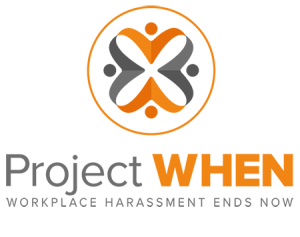During any of these workplace initiatives, the people who are running it still have their day job so they still have all their day-to-day responsibilities, but they now have this huge dramatic change happening on top of it. That’s where we can help, we take Read More
Over the past five to seven years, there’s been a significant shift in the way large pharmaceutical companies develop new drugs. Instead of relying heavily on their own internal research and development efforts, these companies are instead partnering with respected academic institutions Read More
You’ve heard the term “change management” and may even know of a company or two that has applied some form of change management services to their project to relocate to a new workplace or redesign their current space. You can’t help but Read More
Regardless of your role within the company, your goals for this next year are likely the same; to further expand your leadership skills and, in turn, help lead your company towards continued success. And despite how successful the organization has been in Read More
Change Management Consultant Stegmeier Consulting Group (SCG), a globally-recognized leader in workplace change management, is seeking a passionate & flexible individual to serve as a Change Management Consultant and help transition our clients’ workforces to new ways of working (activity-based work, open Read More
Senior Change Management Consultant Stegmeier Consulting Group (SCG), a globally-recognized leader in workplace change management, is seeking a passionate & flexible individual to serve as a Senior Change Management Consultant and help transition our clients’ workforces to new ways of working (activity-based Read More
“In the last century, many forward-thinkers thought that once teleworking got rolling, the majority of employees would NOT be working from home. They envisioned teleworking centers in places like D.C. and its Maryland and Virginia suburbs… Source: http://federalnewsradio.com Stegmeier Consulting’s Read More
Today’s workplace is incredibly demanding. Companies haven’t been replacing laid off employees, leaving the remaining employees to pick up the pieces. This created discontent, disengagement and disconnect or mass exiting. Now, employers are finally concerned about acquiring and retaining talent. As a result, Read More
Diane Stegmeier was approached by Cincinnati Magazine this summer to discuss a new, unique workspace in the Southwestern Ohio metropolis. The building, which serves as the headquarters to 84.51°, a consumer research firm, is an eye-catching structure featuring large panels of reflective glass Read More
Stegmeier Consulting Group partnered with Knoll in order to spread the word about the importance of developing a business case for new workplace strategies. SCG Founder and CEO Diane Stegmeier authored a whitepaper on the topic, and it has been added to Read More



